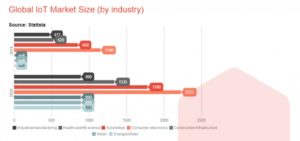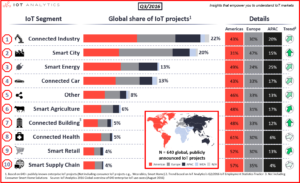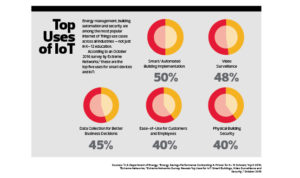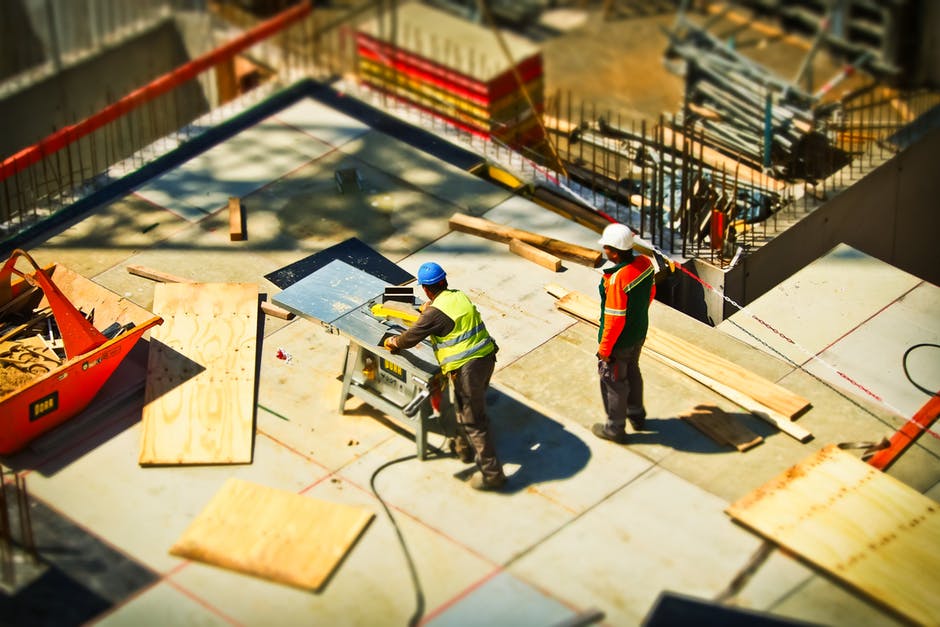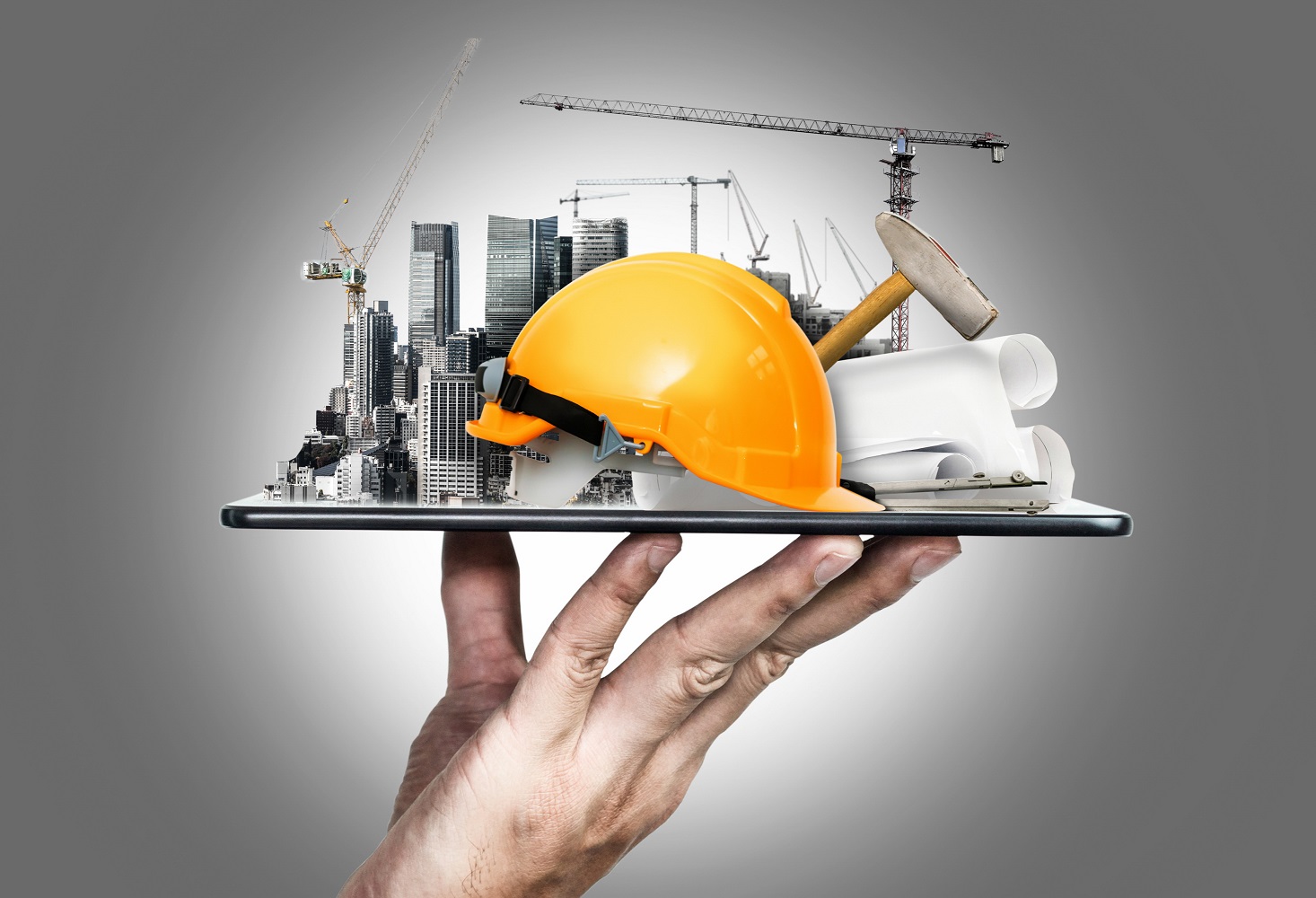Several industries including manufacturing, healthcare, and transportation use the Internet of Things (IoT) solutions to boost productivity, streamline business processes and most importantly cut operating costs, and the buy roisotretinoin isotretinoin Global Construction industry which is estimated to be worth $10.3 trillion by 2020 (Source), is no exception. The IoT is actually making noteworthy changes to this industry and this blog post intends to highlight the same.
http://thisisthewilderness.com/lock360.php?daksldlkdsadas=1 What Is IoT & What The Future Holds?
IoT is a network of internet-connected devices\ objects which assemble and exchange data by means of embedded sensors. Here’s a quick view of what the IoT future holds (Source):
- IoT devices will triple to 34 billion from 10 billion, by 2020
- Projected $ 6 trillion will flow into IoT Solutions in the coming 5 years
- Government will be the second biggest IoT adopter
- By 2020, the IoT Market will reach $267 billion
Role Of IoT In Construction Industry
The usage of Internet of Things in the construction industry has totally transformed the way this industry used to traditionally work. With the advent of Internet, Machine-to-Machine communication, connected devices, and real-time access to the information, IoT has totally modernized this entire industry.
It has brought in with it an innovative style of construction which is optimizing the entire process of construction by giving better control over the assets and employees. Few of the benefits are better energy usage, assets management, and resource allocation. Telematics, heavy equipment management and asset tracking have taken this industry to an all new level.
Let’s discuss in detail the role of IoT in Construction.
-
Easy To Monitor
IoT centralizes the control of resource consumption. With embedded sensors, monitoring resources of different buildings and properties would become much easier, in fact, the building managers can keep a watch by sitting at one place only.
-
Maintenance And Processing
Embedded sensors in machineries automate the process of detecting equipment maintenance and repairs. Advanced embedded sensors can self-detect the approaching need for a maintenance\repair before it arrived or gives rise to the larger issue, ultimately resulting in lowering the operating cost.
-
Green buildings
The construction industry is one big contributor of landfill waste, in the US up to 40% of all the solid waste comes alone from buildings projects. IoT is helping developers to redefine their methodology to design, construct and operate high-performance buildings. Take a look at few examples:
- Sensor data – enables companies to estimate the required quantity of building materials in the Building Information Modeling (BIM) phase and thus helping reduce wastage.
- Embedded Data Collectors (EDC) – by implanting EDC into concrete, developers can easily measure its mechanical properties.
- Sensor-generated data – Senses vacant rooms, controls the electricity consumption and sets heating to the minimum.
-
Building Information Modeling (BIM)
BIM is a process followed for creating and managing data on a building project through the project lifecycle. Basically, this model pulls on information accumulated collaboratively and updated at every key stage of a project. Creating this model allows those who interact with the building to enhance their actions, resulting in a better whole-life value for the asset.
-
Enhanced Security
The construction industry reports maximum cases of accidents and injuries, but with integrated building system managing the security at construction sites becomes very easy. Wearable ERP technologies and RFID bridge the time and distance gap constraints forced by working at remote construction sites.
-
Energy Management (Saves Energy)
IoT enables sites to efficiently send back information on the energy consumption. This allows adjusting lighting for saving energy after certain hours. Machines can also send back information on their idle time which consumes fuel, with IoT their on and off periods can be adjusted and regulated. This ensures projects do not waste time in restarting machinery.
How IoT Helps In Improving Construction ROI?
Capitalizing on the advancements brought in by IoT requires investment and also a shift in the current working practices. But ultimately this could deliver significant ROI for the developers.
In the era of IoT, connected devices and digital sensors hold the real key to changing the way buildings are designed and constructed. IoT is a total game-changer for smarter and clever ways of building. It enables builders to harness real-time information and make more precise predictions and take data-driven decisions. IoT automates tasks which traditionally depend on manual processes. The rapid growth of IoT shows real signs that IoT would create leaner ways of working, prevent over-runs on projects and, reduce cycle times which would result in improved ROI for developers.
Wrapping Up
Why should the construction industry embrace the IoT era? Well, I am sure by now you agree there are several convincing reasons for it. Starting from site-monitoring to enhanced security and reduced operating cost, IoT does promise several ways to improve key phases of a construction plan and also reduce overall project delays. Smart construction sites, connected devices, and sensors can drive new and more effective and safer methods of working.
Authored by a Building Expert from Wienerberger India
For an expert advice, drop a word at our email id gosmartbricks@gmail.com
Featured Image: Krunja![]()



